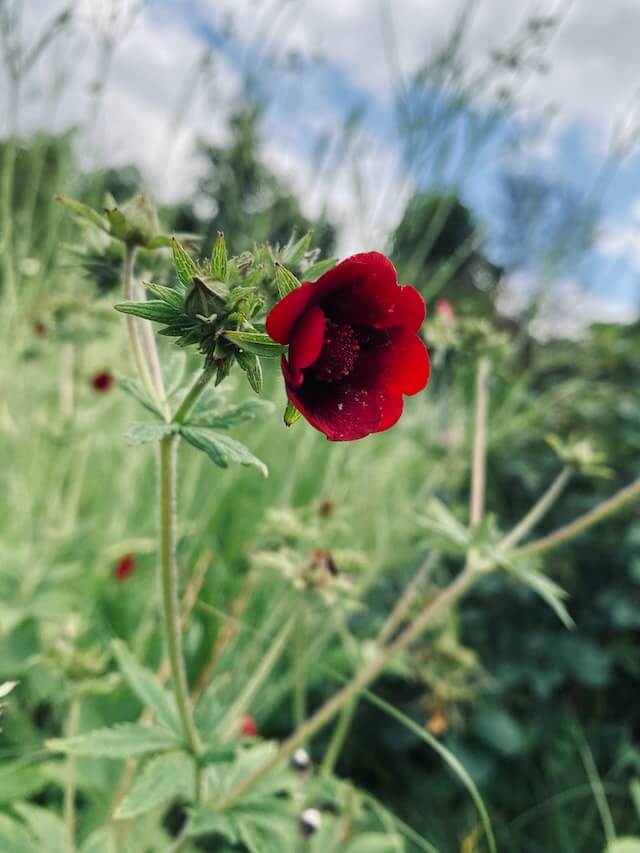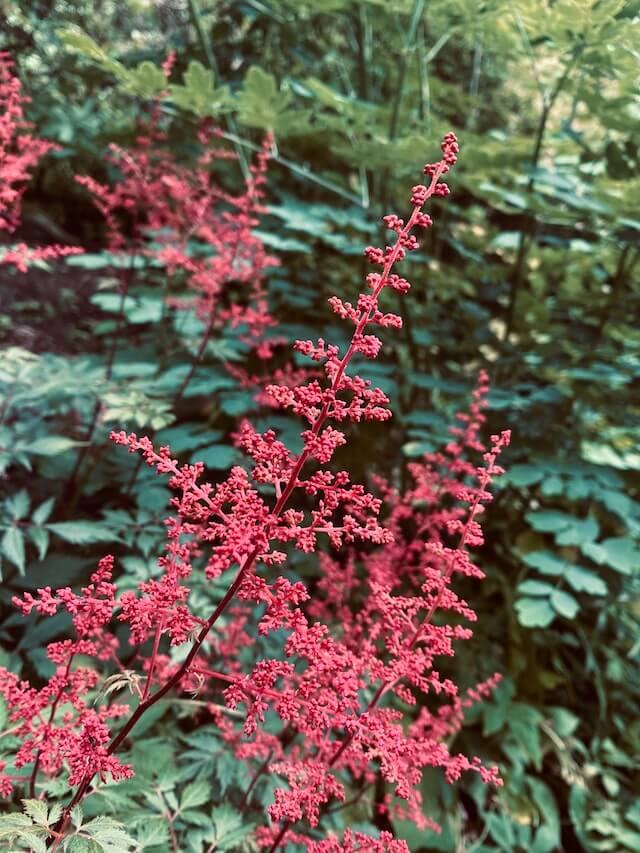When my dad takes me to a social event among relatives and his friends.
When my dad takes me to a social event among relatives and his friends.

Cynoglossum officinale (Hound’s tongue) is a commonly used herb in traditional medicine for its antiseptic, astringent and wound healing properties.🌱
Photo by Liz Pullan Pattathy on Unsplash

Discover the stunning beauty of Astilbe Arendsii, the perfect addition to any garden with its intricate patterns of delicate blooms and lush green foliage.
Photo by Liz Pullan Pattathy on Unsplash

These intelligent birds display remarkable carpentry skills! 🐦🌳

The spear thistle is the national flower of Scotland and has been used as a symbol of Scottish heritage and resistance against English rule for centuries.
Photo by Liz Pullan Pattathy on Unsplash